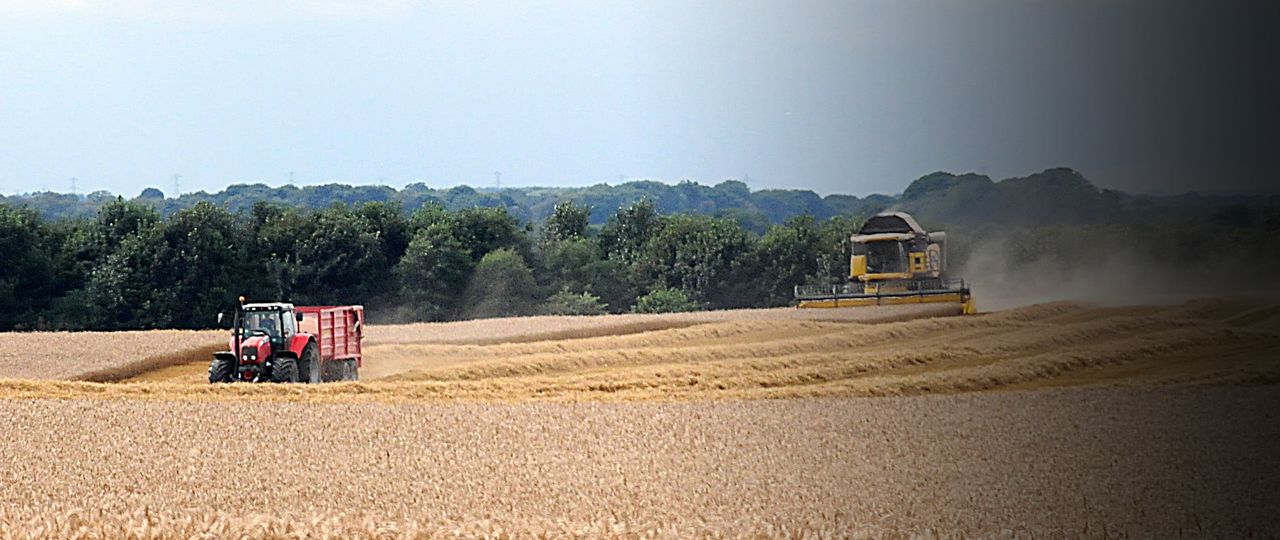
Many businesses are employing casual harvest workers this summer and it is essential that they have all been given a clear safety briefing.
This will help to protect workers and reduce the risk of accidents occurring in the first place.
In the event of an incident, it will also offer some protection to the farmer when the Health and Safety Executive investigates.
The safety induction should include:
- Get the correct contact details of all workers
- Get next of kin details in case of an accident
- Circulate phone numbers of all workers on the farm so that everyone can be contacted when necessary
- Give everyone a guided tour of the farm, plus a copy of a farm plan with locations of any overhead cables and ditches/dykes marked on to it
- Show all workers where to find the isolation points for electrics, first aid kits, fire extinguishers, wash facilities and toilets
- Identify any jobs that they are not allowed to do and explain the reasons why
- Determine if anyone has any allergies or illness that others need to be aware of and what symptoms to look for.
- Ensure all workers are capable of doing the job they are being employed to do. This means making sure they can reverse a trailer safely and operate the machines they are going to be operating. It should be remembered that different makes of machines can be very different.
- Obtain copies of driving licences and their certificates of competencies for applying pesticides (PA), using telescopic forklifts and chainsaws. Check passport and work permits if necessary.
- Explain what to do in the event of an accident such as who should be the person that is called
- Talk through the management structure of the business and who they should report to in the event of a problem if their usual manager is not available
- Explain what is expected of them during the course of their employment
- Run through the farm’s lone working policy and hours of work
- Explain the policy and requirement to report defects or breakages and to who they should report them to
- Explain your smoking policy, making it clear smoking is banned in vehicles or straw fields.
- Distribute any personal protection equipment – such as dust masks – and show them where replacements are stored
- Run through general safety advice such the safe stop procedure. This requires workers to put the handbrake on, leave all controls and equipment safe, stop the engine and remove the key before leaving the driving seat, or if someone is approaching or working on the machine.
- For workers who will also be expected to handle livestock, explain any dress requirements – this may the case if there are biosecurity requirements
- Where animals are involved advise workers if there are any animals which are particularly flighty
To read our latest Health and Safety update, please click here.
